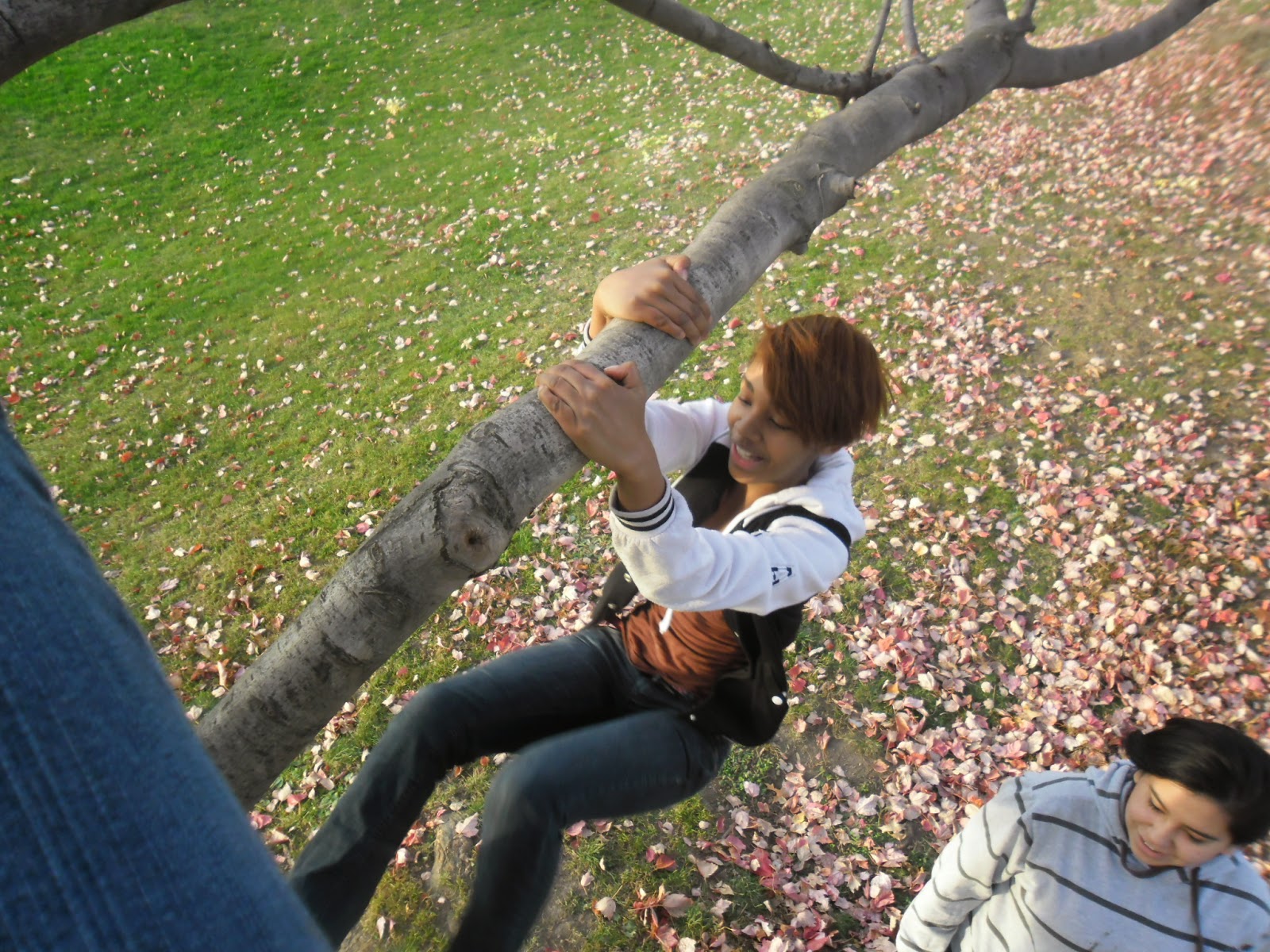Today at EnergyNet, our main focus was to talk about ways that museums communicate ideas to the public, and to then use inspiration from that discussion to come up with ideas for our exhibit.
After some scheduling details, the group talked about modes and what things in other museums we have been drawn to.
 |
| Students listening to and contributing ideas to the group discussion |
We then looked at some of the ideas that we had previously individually brainstormed. We created blueprints of what we thought the exhibit should look like. Everybody presented their ideas and then we wrote down which ideas we thought would be best for communicating the ideas about soil our exhibit will focus on.
 |
| Although this is difficult to see, we projected each of the teen's ideas onto the white board so there would be a visual for them to explain |
After a short break, we broke up into groups and determined which ideas we thought were best suited for each of the content areas that the exhibit will focus on. Each activity the students will be designing will communicate one of our 5 content areas. The groups/content areas are: contaminants/remediation, pittsburgh history, lead, soil types, and importance and need of soil. The groups then shared their ideas with the rest of the EnergyNet team.
 |
| One of the students writing their group's ideas on the board |
The students decided which content area they wanted to focus on and divided up into groups to start working on designing their activities. In our groups, we came up with goals, what materials we would need, and a plan for how to make our activities on Thursday.



















































